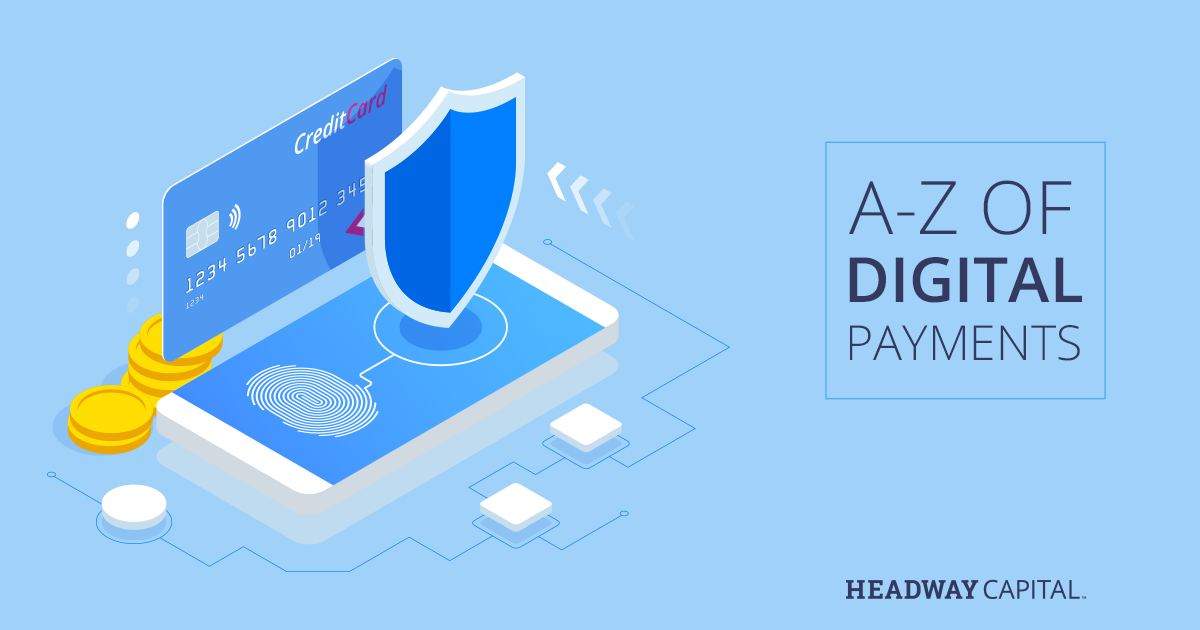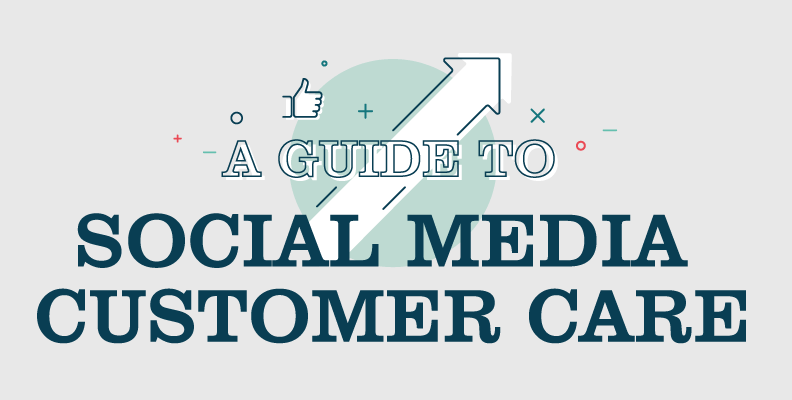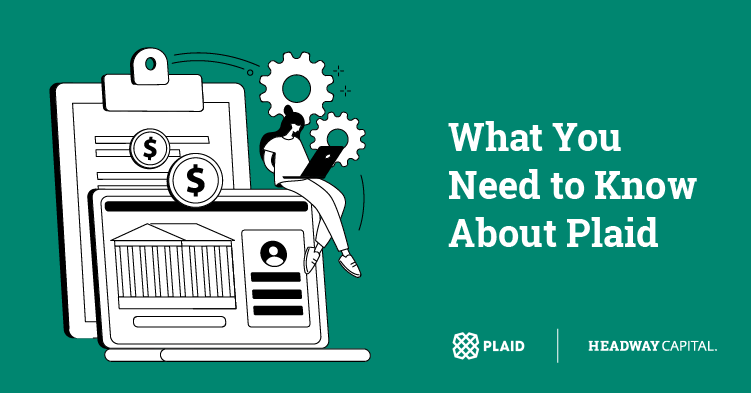Why Revolving Credit Might Be Your Best Option
As a business owner, you have plenty of experience conquering unknowns. From the day you open your small business’s doors to hiring your first employee to dealing with small business taxes and accounting… You’re always adapting to the next curveball that’s thrown your way.
If you’re new to financing a small business, there’s a lot of unknowns ahead of you. That’s right—if you’re securing capital for your small business, you might have some questions that you don’t have the answers to.
How much capital do you need? When will you need it? And what do you need it for?
If you’re having a hard time finding the exact answers to these questions, here’s a flexible financing solution that might your best option: revolving credit.
What is Revolving Credit?
The term “revolving credit” is actually one that you probably know well. Basically, revolving credit works just like a credit card. You’re given a preset credit limit, which you can borrow against and repay based on an agreed upon timeline.
There are two main types of revolving credit available to small business owners who need capital—a business credit card and a business line of credit. When it really comes down to it, a business credit card and a business line of credit are pretty similar products. But here’s what makes them different:
Lines of Credit
A line of credit is there when a business owner needs help financing ongoing operating expenses or needs a cushion on their cash flow. When you’re approved for a line of credit, you’re essentially approved for a pool of funds that you can tap into whenever you want or need to. And because a line of credit is available in cash, it can pretty much be used for any kind of business need—like covering payroll, stabilizing cash flow during an off season, or covering other debt payments. It’s uses are far and wide.
When you tap into a line of credit, you’ll only pay interest on the amount you draw. And once you’ve repaid in full, your line of credit will be replenished to its original amount.
Business Credit Cards
With a business credit card, you won’t get the same flexibility or affordability than you would with a line of credit. In general, business credit cards come with higher interest rates and charge fees for withdrawing a cash advance against your approved credit limit. Whereas covering payroll or paying rent are perfectly acceptable ways to use your line of credit, you can’t use a business credit card for these kinds of uses without paying an extra fee. On top of that, business credit card holders need to pay a minimum monthly payment in order to avoid a fee.
Just because a business credit card is usually less flexible and more costly than a line of credit, they aren’t bad options for small business owners who need to fund their companies. In fact, they could be the best type of revolving credit for new small business owners that have limited credit options.
Why You Should Use Revolving Credit For Your Business Financing
So, a business credit card or a line of credit… Whatever your choice, is revolving credit the right kind of financing for your business?
It just might be. Here’s why:
You Choose When To Use It
With other small business financing options, the day you receive the funding is the day you start using it. With a revolving line of credit, the funds sit in your back pocket, and you choose when you want to use them. This might be when you need to cover an emergency cost, pay your employees, or stabilize your day-to-day cash flow.
You Only Start Paying Interest Once You Use It
At any given time, you’re only paying interest on the actual amount of funds outstanding—not on the entire credit limit you were approved for. So if you don’t tap into your line of credit for the first amount after you’re approved, don’t worry—you’re not paying interest on it.
This is a major difference between lines of credit and other financing solutions. Whereas most small business loans need to be paid back, plus interest, almost immediately after you’ve received the funds, lines of credit aren’t paid back with interest until you’ve actually drawn on the pool of funds.
You Can Use It Over and Over Again
This is the hallmark of revolving credit.
For as long as the revolving credit agreement still stands, you can borrow and repay the same amount over and over again—up to your credit limit, of course.
Say you have a line of credit for $75,000, and you took $10,000 from it last month. Once you’ve paid that $10,000 back, plus interest, your full $75,000 is at your fingertips again.
Is Revolving Credit Right For You?
So, you know the benefits of using revolving credit. But when do you know that it’s the right financing move for your business?
Well, revolving lines of credit can be great financing options for small business owners who run relatively new small businesses. If you don’t have significant credit history, time in business, or strong revenues, you might be able to secure a smaller line of credit. Plus, using revolving credit is a great way to build business credit with great borrowing habits.
Revolving credit is also one of the best options out there for small business owners who have unspecified or short-term funding needs. Most revolving credit can be used for any business purpose, and you can tap into your credit line whenever you need to.
The bottom line?
Revolving credit can be used almost whenever and however a business owner needs—making it one of the most flexible financing solutions available.






